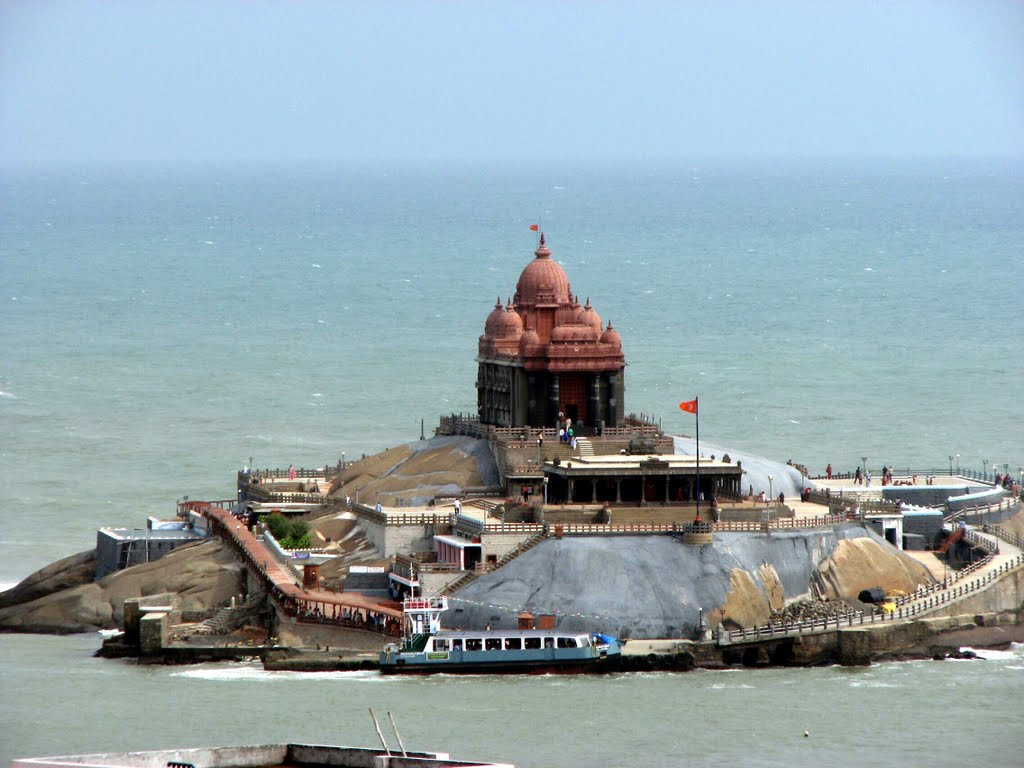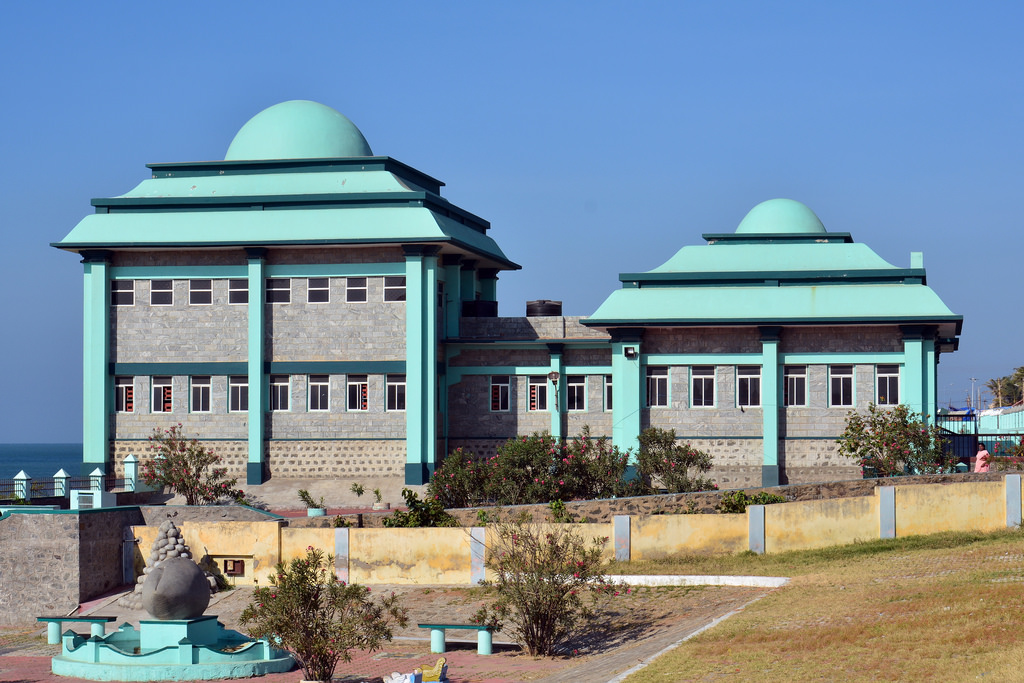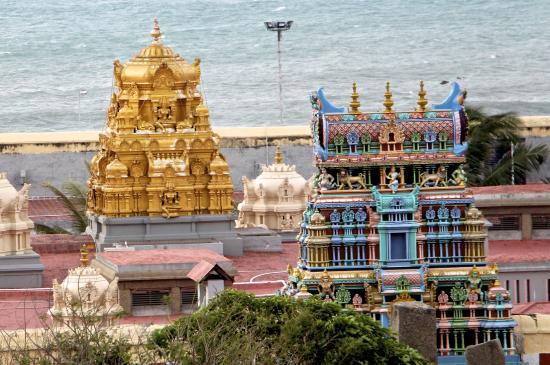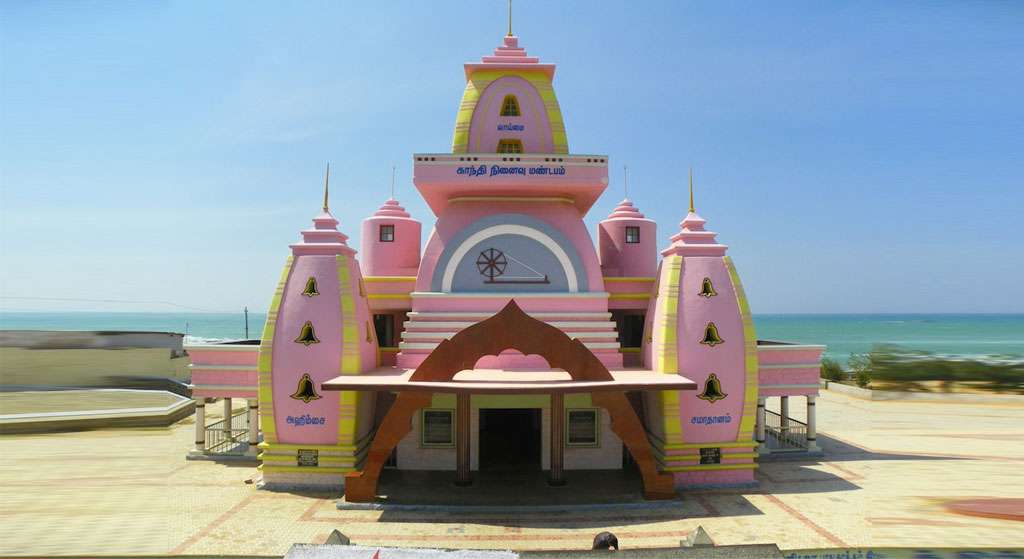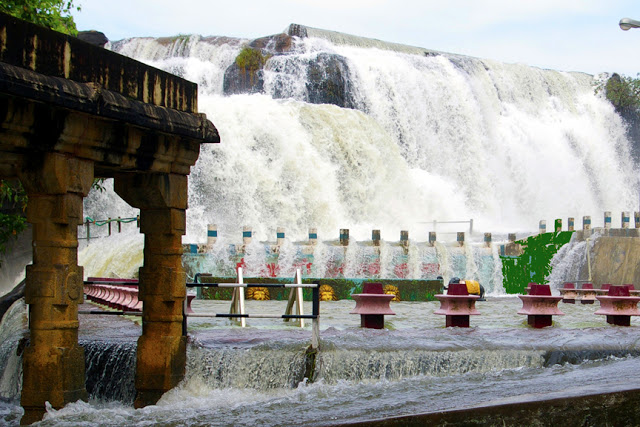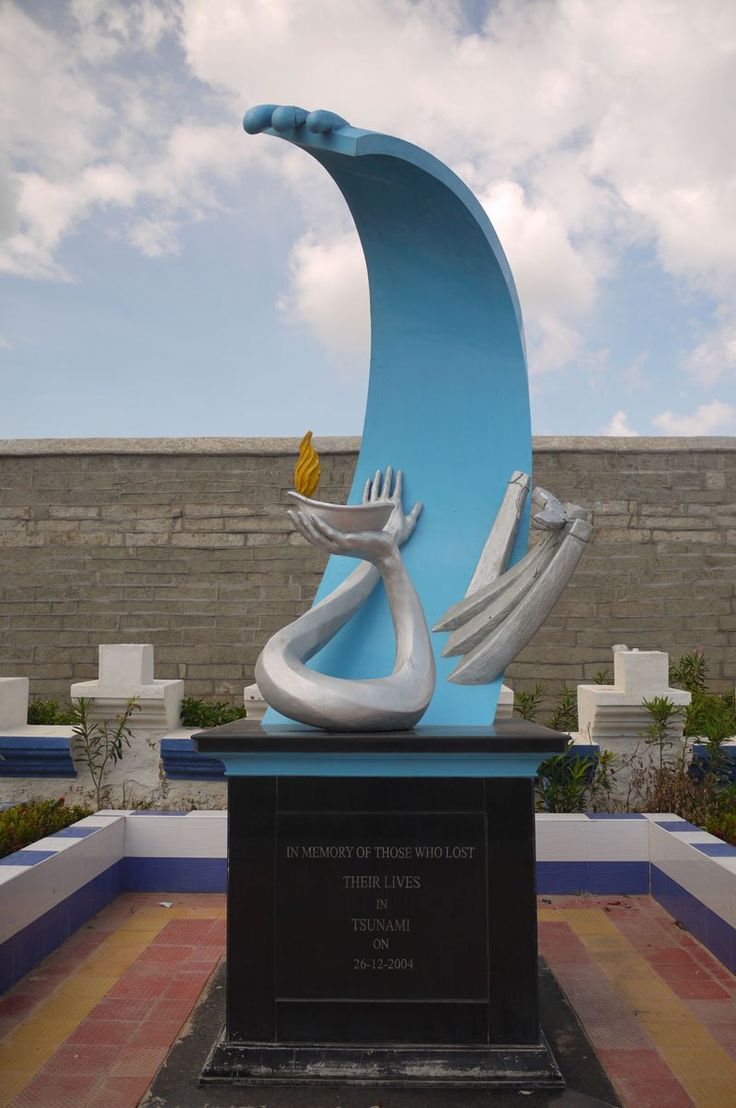Believed to have been established in the 16th century, the Padmanabhapuram Palace is a unique wooden edifice. It is enclosed within a granite fortress called the Padmanabhapuram Fort and is situated at the base of Veli Hill, about 35 km from Kanyakumari. Flaunting exquisite Kerala style of architecture, this palace served as the former residence of the Travancore rulers.
Iravi Varma Kulasekhara Perumal - a mighty ruler of Venad or Old Travancore, built it around 1601. The complex comprises about 10 double-storey traditional buildings that are thoughtfully interconnected. Several buildings have been constructed over the years, starting from Thaikottaram in 1600 to the latest Lakshmi Vilasom in 1940. At present, the palace is noted for its antique interiors that display intricately carved rosewood sculptures. Durbar Hall, where royals used to hold meetings, is an integral part of this palace. Here, one can see a musical bow in mahogany, chairs featuring Chinese carvings and windows with coloured mica.
Another highlight of this edifice is the emperor's bedroom, which has a four-poster medicinal bed, mural paintings, hanging brass lanterns and pictures of Lord Krishna. Within the palace, there are exquisite 17th and 18th century murals that are painted on the ceilings in 90 different floral designs. In addition to these, it has secret underground passages, open-air swimming area, dance hall, a shrine dedicated to Goddess Saraswati and worship rooms.
Do not miss to step in the Palace Museum, which stands on the right side of the courtyard. Through exhibits like furniture, wooden and granite statues, coins, weapons and utensils, it educates visitors about the royal lifestyle of Travancore rulers.
